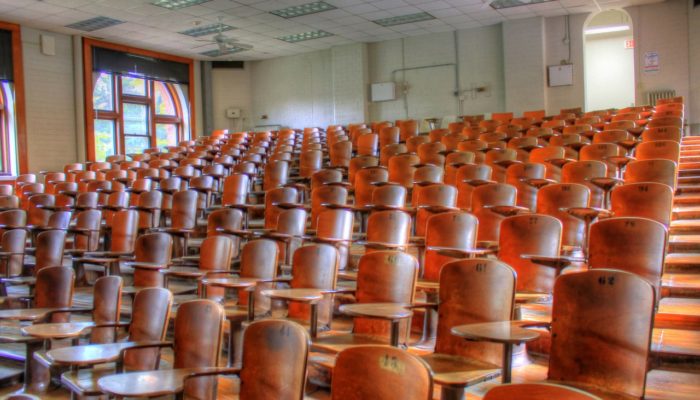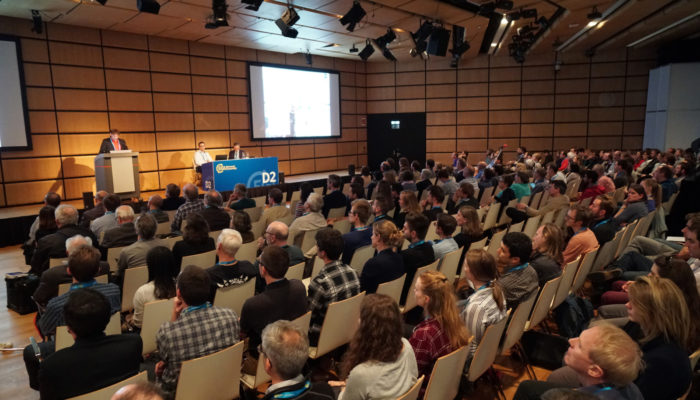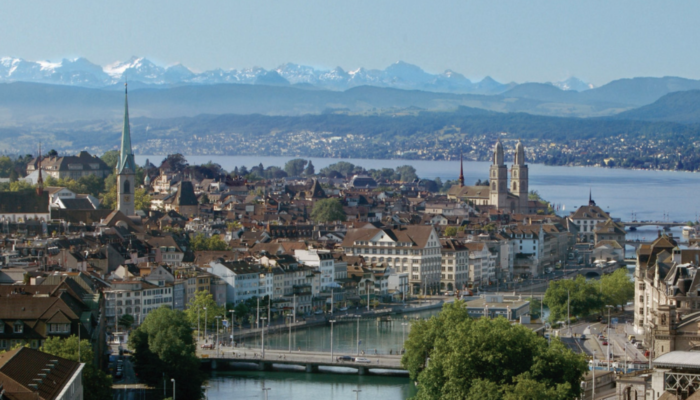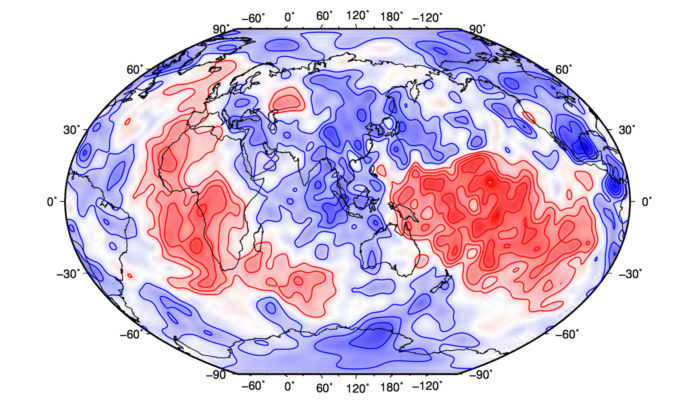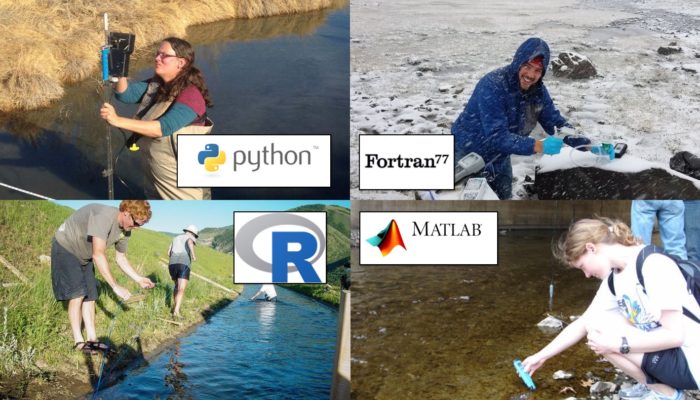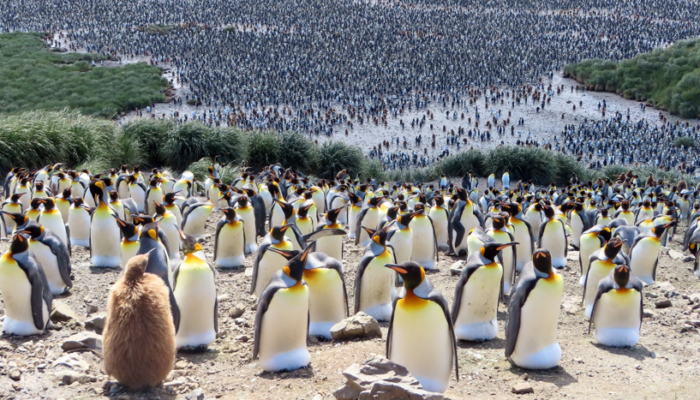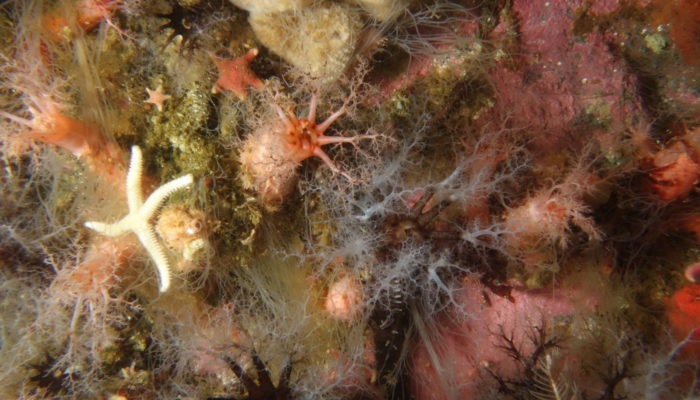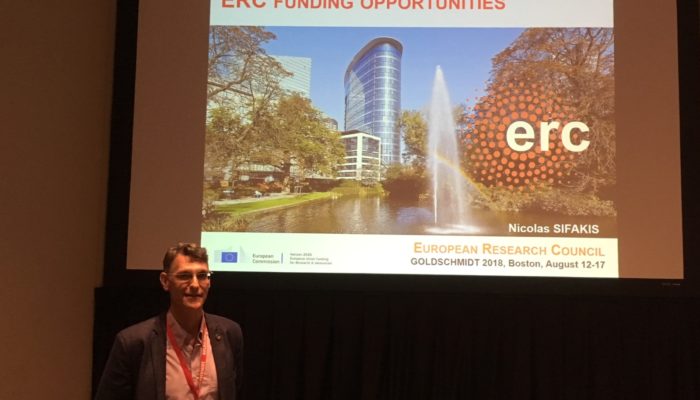During her time at a mining school Hannah Ritchie wondered why the GfGD society membership was so low. How do people perceive geology’s ability to contribute to a sustainable future? Hannah explores the traditional and changing reputation of geology and the roles academic institutions could play in directing this change. [Editor’s note: This post reflects Hannah’s personal opinions. These opinions ...[Read More]
If you didn't find what you was looking for try searching again.
GeoLog
Accessibility at EGU: Top 10 tips for visually accessible presenting – the sequel!
Do you remember a time when everyone else around you started laughing, but you didn’t notice a joke? By designing presentations that are inaccessible – either in PICO, poster or oral presentation format – sometimes people in your audience have this experience of feeling left out. Last month we posted our top 10 tips for making a presentation ‘accessible’ following the announcement that EGU ...[Read More]
Tectonics and Structural Geology
Zürich: surrounded by a geologist’s playground
Zürich, with its lake stretching towards the foot of the Swiss Alps in the South, is currently a charming city full of watersides, lively bars, students and bankers. In Switzerland, you’ll find a wide variety of landscapes and geological features over a relatively small area – from the Alpine mountain range in the South to the low-lying plateau and the Jura Mountains in the North. Located in close ...[Read More]
Nonlinear Processes in Geosciences
NP Interviews: the newly elected NP Division President François Schmitt
Today’s NP Interviews hosts the newly elected NP Division President François Schmitt. François has a PhD degree from Université Pierre et Marie Curie in Paris (1993), in atmospheric turbulence, and an Habilitation degree from the same university (2001). He has stayed in Belgium during 6 years as a post-doc, working in meteorology and in fluid mechanics. He is CNRS researcher in Wimereux (Nor ...[Read More]
Geodynamics
Should we still study LLSVPs?
All blobs are equal, but some blobs are more interesting than other blobs. In this new Wit & Wisdom post, Jamie Ward, PhD student in seismology at the University of Leeds, United Kingdom, explores this age-old saying and discusses whether or not LLSVPs are the most important blobs in our lives. Also, there is a picture of a dog. It makes sense, I promise. Large Low Shear Velocity Provinces (LL ...[Read More]
Hydrological Sciences
Sharing is caring: Models for all, presenting eWaterCycle II
The photos above were found by doing a google image search for ‘hydrologist’. Apparently our image is that of scientists that get to be outside a lot. We all know that the knowledge we gain from fieldwork gets codified in hydrological models which can be written in all sort of programming languages. “I wonder what this analysis would look like using that other groups hydrological model ...[Read More]
Geochemistry, Mineralogy, Petrology & Volcanology
Five hundred miles from civilisation: Exploring active volcanism in the South Sandwich Islands
By Emma Liu – Lecturer in Earth Science, University College London. For more adventures, follow Emma on Twitter! It’s a strange feeling to realise that your closest human neighbours are on the international space station…! We were five hundred miles away from the nearest civilisation and all I could see in every direction was miles and miles of open ocean. There are so few true wilderness en ...[Read More]
Stratigraphy, Sedimentology and Palaeontology
Adaptation and inheritance in the geosciences
Every year, the Stratigraphy, Sedimentology and Paleontology Division awards one scientist for their outstanding contribution to stratigraphy, sedimentology or paleontology with the Lamarck medal in recognition of the scientific achievements of Jean-Baptiste Lamarck (Bazentin-le-Petit, 1-02-1744 – Paris, 18-12-1829). It was the 11 May 1800 when Jean Baptiste Lamarck presented a lecture at the Musé ...[Read More]
Cryospheric Sciences
Boom and bust beneath the ice
Beneath the frozen surface of the Southern Ocean, live some of the most spectacular creatures on earth. These creatures are spectacular not only in appearance, but also in their ability to survive in such an extreme environment as Antarctica. Here, temperatures deviate only slightly from 0°C, and food is scarce during the winter months. How do these diverse creatures live in these conditions and w ...[Read More]
GeoLog
GeoPolicy: How to become a Seconded National Expert for the European Commission
The European Seconded National Expert programme is a fantastic opportunity for scientists who are currently working in a national, regional or local public administration of an EU member state or an intergovernmental organisation to gain experience working within a European policy institution. In most cases, secondments are between six months and four years during which time the Seconded National ...[Read More]

